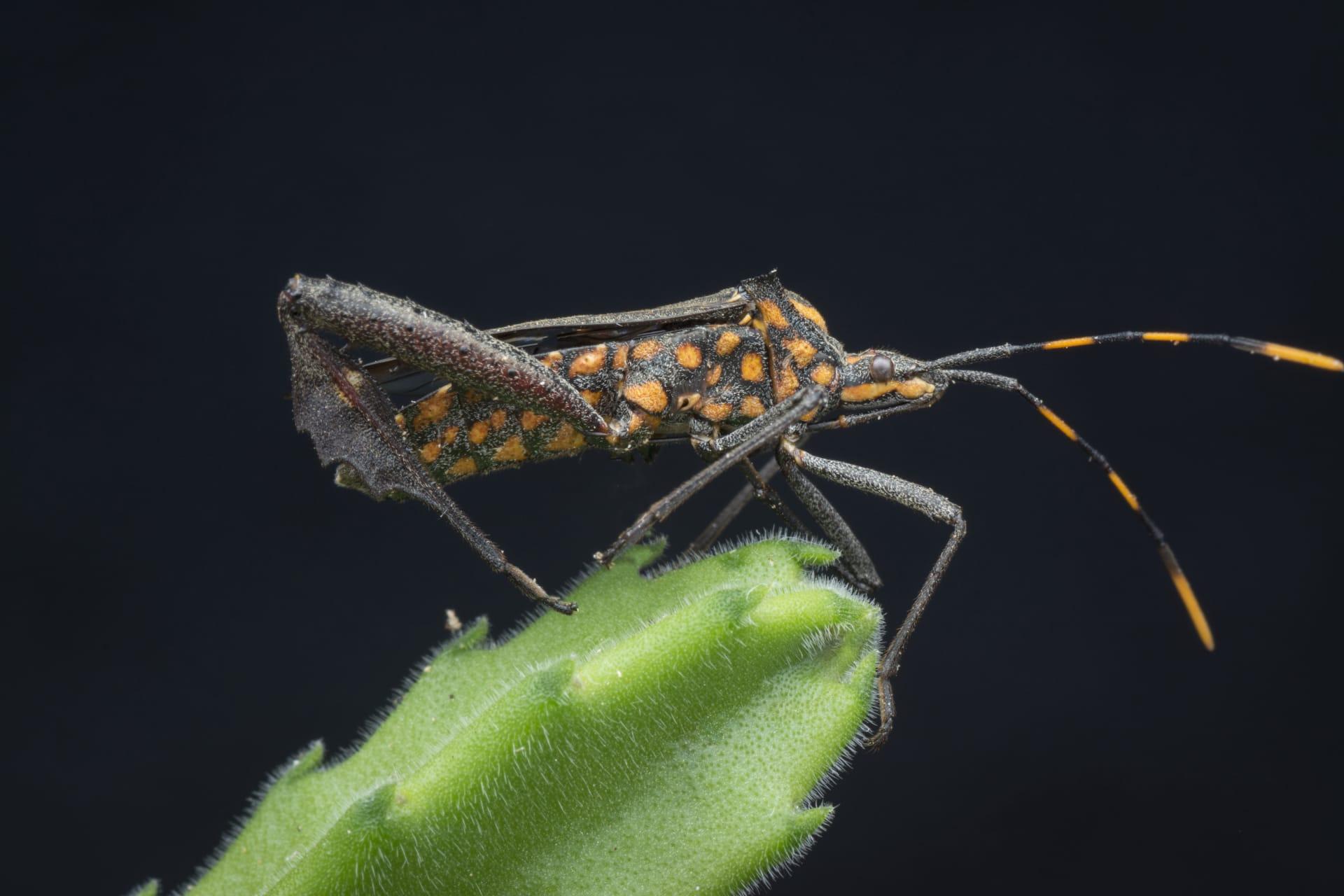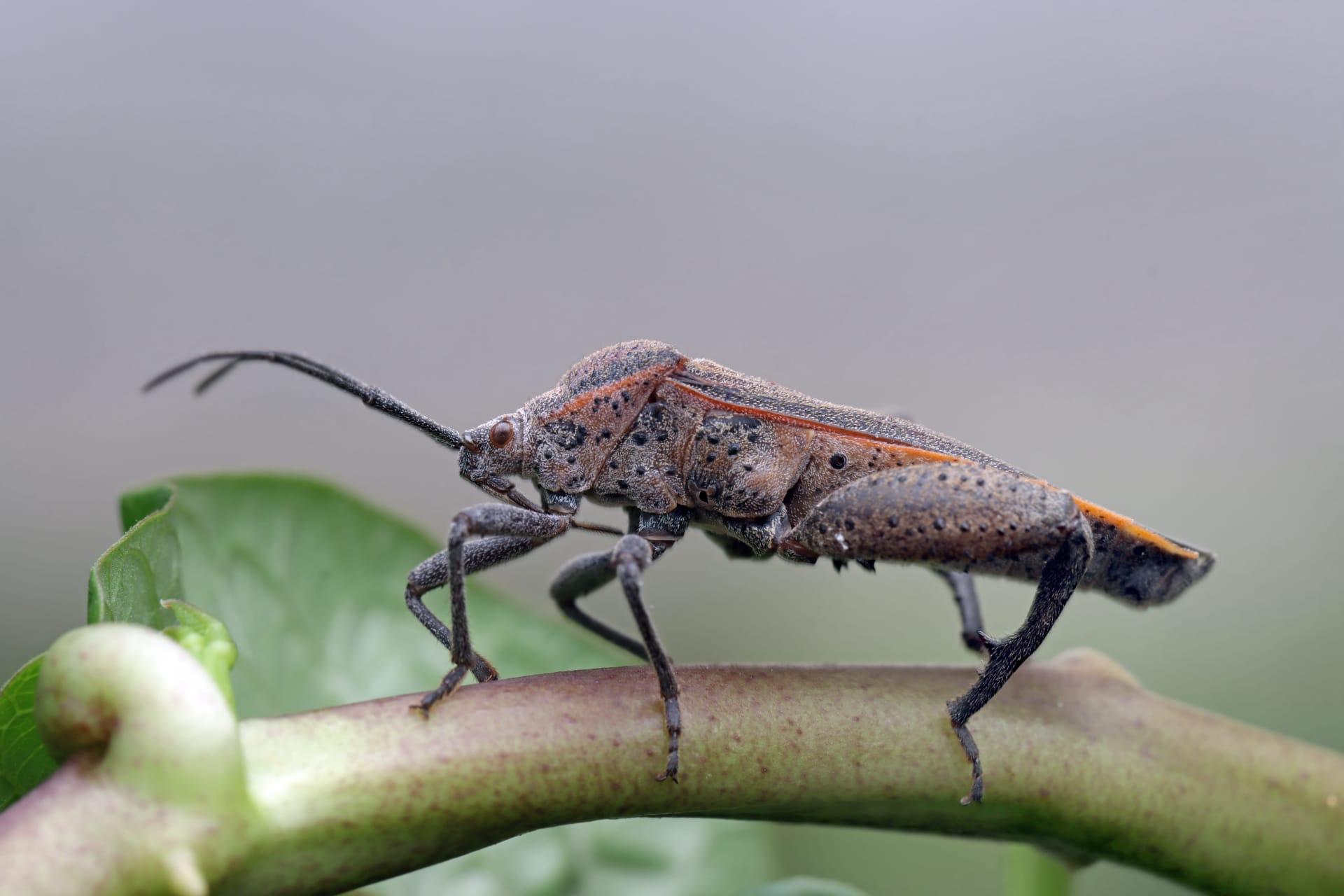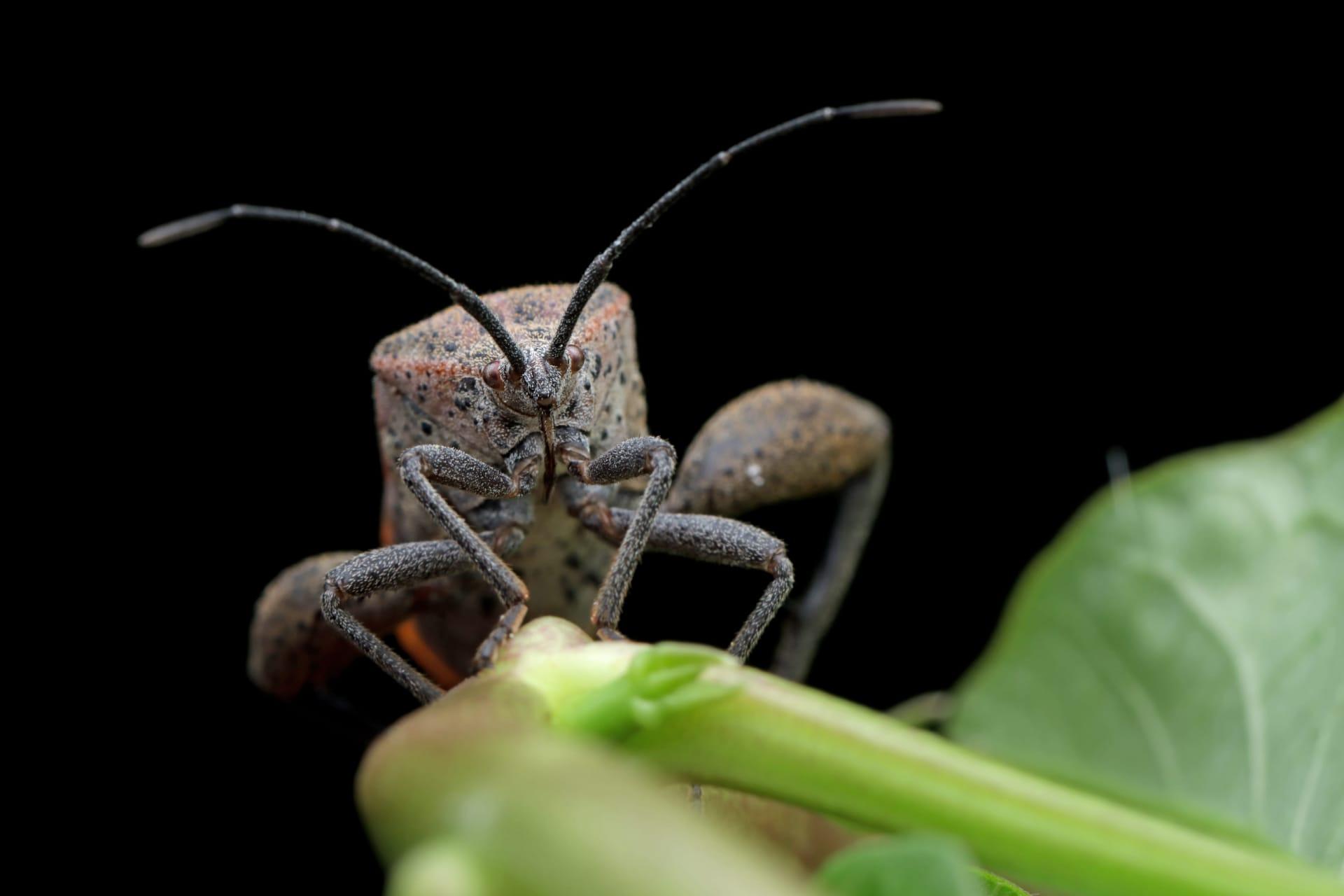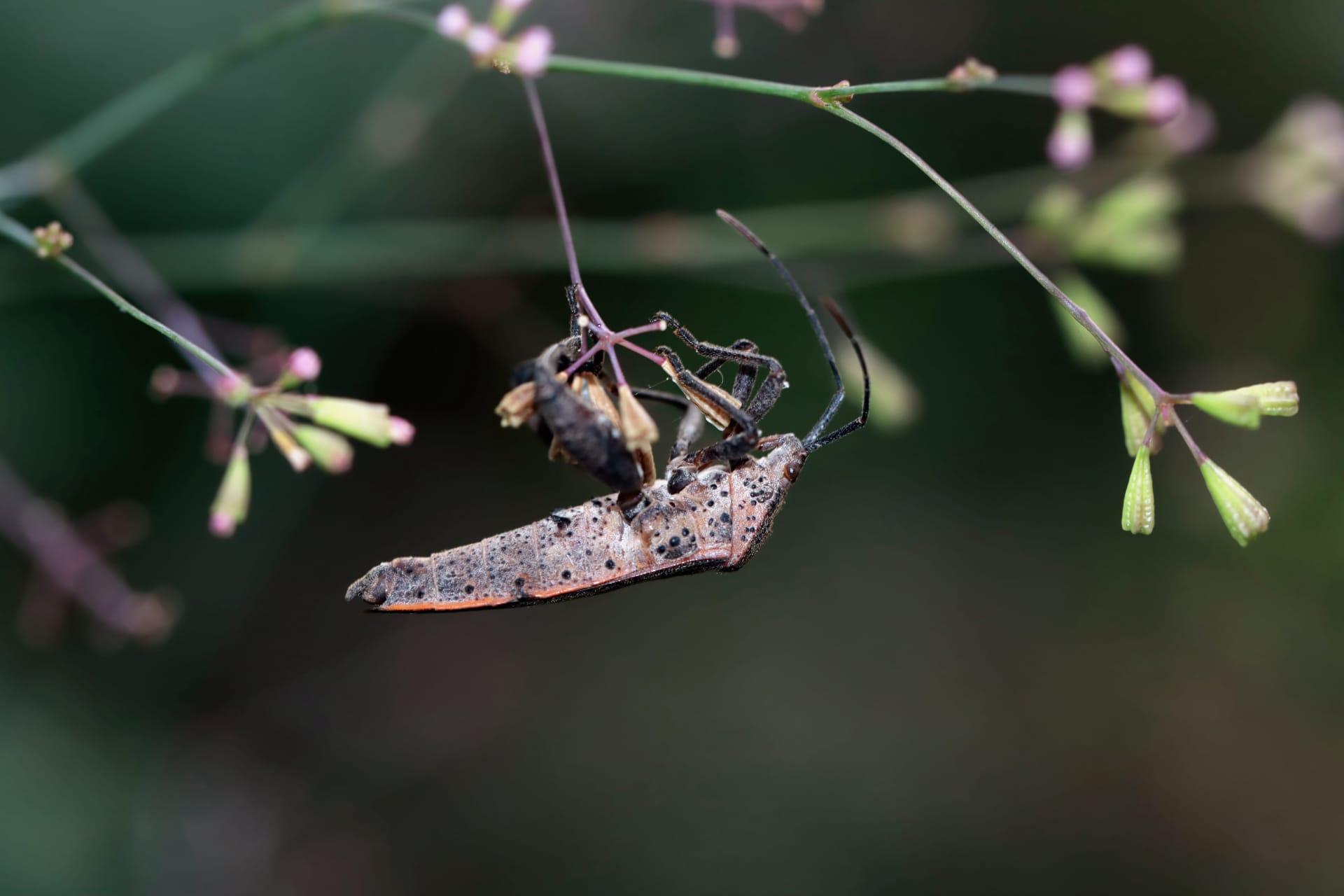Squash Bugs Trivia
- Home /
- Trivia Question /
- Animal /
- Squash Bugs Trivia
1
Question: What exactly are squash bugs, and how can you identify them in your garden?
Answer: Squash bugs, scientifically known as Anasa tristis, are common pests in gardens, particularly targeting squash and pumpkin plants. Adult squash bugs are about 5/8 inches long, with a flat back, and brownish or gray bodies. They have orange and brown stripes on the edge of their abdomen. These critters are notorious for their shield-like shape and the unpleasant odor they emit when squashed.
Question: How do squash bugs reproduce, and what does their life cycle look like?
Answer: The life cycle of a squash bug begins with the laying of eggs, usually in late spring or early summer. These eggs, small, bronze-colored, and usually found on the undersides of leaves, hatch in about 10 days. The nymphs, which are wingless and greenish-white with black legs, go through five stages of development over 4-6 weeks. By mid-summer, they mature into adults, ready to feed on your squash plants and lay eggs for the next generation.

2
Question: Is it true that squash bugs only attack squash plants?
Answer: Contrary to popular belief, squash bugs aren’t exclusive to squash plants. They are particularly fond of squash and pumpkins, but they can also be found on other cucurbits like cucumbers, melons, and zucchini. They tend to cause the most damage to squash and pumpkin plants, but it's wise to keep an eye on all your cucurbits when these bugs are around.
Question: Can squash bugs fly, and how do they move from plant to plant?
Answer: Yes, squash bugs can fly. They have well-developed wings hidden under their shield-like backs. However, they don’t fly frequently or over long distances. They usually move by crawling, and their mobility increases in warmer temperatures. This movement makes them more likely to spread to different plants in your garden, especially when they are in search of food or mates.

3
Question: What kind of damage do squash bugs cause to plants, and how can you spot it?
Answer: Squash bugs feed on plant sap with their piercing-sucking mouthparts, causing leaves to wilt, turn black, and die. This is often mistaken for bacterial wilt. The damage usually starts on the lower leaves and progresses upwards. You may also notice a sticky, sugary substance called honeydew, which can attract other insects or lead to sooty mold.
Question: Are there any natural predators that help control squash bug populations?
Answer: Yes, several natural predators feed on squash bugs, helping to control their population. These include spiders, ground beetles, and tachinid flies. Nymphs, being more vulnerable, are particularly susceptible to these predators. Encouraging a diverse ecosystem in your garden can help these natural predators thrive and keep squash bug numbers in check.

4
Question: How can gardeners effectively manage squash bug infestations without using harsh chemicals?
Answer: Non-chemical approaches are quite effective against squash bugs. Hand-picking adults, nymphs, and eggs early in the season can significantly reduce their numbers. Placing boards or shingles in the garden can lure squash bugs, which can then be collected and removed in the morning. Additionally, crop rotation and removing plant debris at the end of the season can disrupt their life cycle.
Question: What role do weather conditions play in squash bug infestations?
Answer: Weather plays a significant role in squash bug infestations. Mild winters can lead to higher survival rates of adults overwintering, resulting in larger populations in the spring. Hot, dry conditions during the summer also favor squash bug survival and reproduction. Conversely, prolonged wet conditions can reduce their numbers, as it fosters fungal diseases that can kill them.

5
Question: Can squash bugs transmit diseases to plants, or are they just a nuisance?
Answer: Besides physical damage, squash bugs can be vectors for plant diseases. They can transmit the squash yellow vine disease, a bacterial infection that causes yellowing and wilting of vines. Early detection and control of squash bugs are crucial to prevent the spread of this disease in your garden.
Question: Are there any particular squash varieties that are resistant to squash bugs?
Answer: Yes, some squash varieties show more resistance to squash bugs. Varieties like 'Butternut', 'Royal Acorn', and 'Sweet Cheese' are less attractive to these pests. Planting resistant varieties can be an effective strategy in an integrated pest management plan, reducing the reliance on chemical controls and promoting healthier, more sustainable gardening practices.